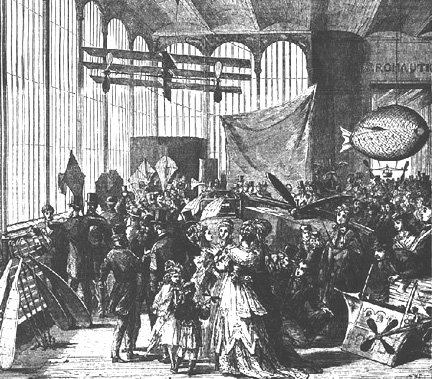- Joined
- 25 June 2014
- Messages
- 1,564
- Reaction score
- 1,483
Around the previous turn of the century, there was an Engineering School based in the Crystal Palace, Paxton's famous glass exhibition building which had by then been re-erected at Sydenham in London. Several pioneer aviators passed through the area at one time or another, but I know of no coherent account of the aviation research that went on there.
Geoffrey De Havilland records in his autobiography Sky Fever how the school was situated in the South Tower when he joined it in 1900 and built a motorcycle engine to a design published in The English Mechanic magazine.
Samuel Franklin Cody, first airman to build and fly a British aeroplane, had his workshops at the Crystal Palace for a while, in the days when he was working on his War Kites and had not yet moved to Farnborough. (Source: Walker, Early Aviation at Farnborough, Vol. I: Balloons, Kites and Airships).
B.F.S. Baden-Powell, an important official and brother to the famous Lord of the Boy Scouts, conducted aeronautical research using a water-slide (source, Driver, H.; The Birth of Military Aviation: Britain, 1903-1914, p190)
I wonder what else?
Geoffrey De Havilland records in his autobiography Sky Fever how the school was situated in the South Tower when he joined it in 1900 and built a motorcycle engine to a design published in The English Mechanic magazine.
Samuel Franklin Cody, first airman to build and fly a British aeroplane, had his workshops at the Crystal Palace for a while, in the days when he was working on his War Kites and had not yet moved to Farnborough. (Source: Walker, Early Aviation at Farnborough, Vol. I: Balloons, Kites and Airships).
B.F.S. Baden-Powell, an important official and brother to the famous Lord of the Boy Scouts, conducted aeronautical research using a water-slide (source, Driver, H.; The Birth of Military Aviation: Britain, 1903-1914, p190)
I wonder what else?

